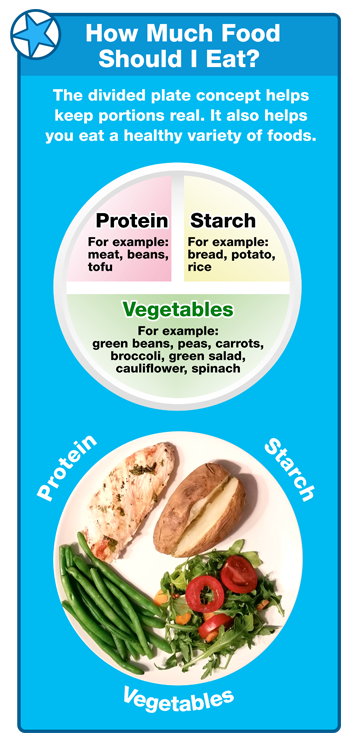- 0716 687248
- info@amaica.co.ke
- Peponi Road,
Westlands
Are there times you feel like you are eating too much? This could be from how you feel after eating and you feel too full. What about when you do not feel full, does that mean you have not eaten enough?
As we attempt to address this question – How much is too much food? its ideal to also note that there is no one definite formulae that works for all of us. The explanation being that we are all different in our genetic make up, varied ages and level of activity, hence our bodies requirements are varied. That said, it is also just as important to note that there are basic guidelines we can all agree on. These guidelines are what we are going to look at in this article.
You have heard about portioning food, and how you should serve smaller portions. The only challenge with going with just serving sizes, is that you have not ascertained how much nutrition you will be getting from each food on your plate.
The best place to start is by figuring out which foods give you what nutrients. Then based on your age, gender and daily level of activity, you can then determine how much of each food your body needs daily instead of how much you want.
As you serve food, remember to represent the 5 food groups. These are:-

Once you have determined what foods your body needs, how do you serve?
One easy way to size up portions if you don’t have any measurements is to use your hand as a guide:
Another great way to visualize appropriate portions is to use the concept of the “divided plate.” Think of your plate as divided into four equal sections. Use one of the top quarters for protein. Use the other top quarter for starch, preferably a whole grain. Then fill the bottom half with veggies (or a combination of vegetables and fruit). None of the foods should overlap — or be piled high!
Not only will dividing your plate like this help you keep portions under control, it can also help you to balance your meals.